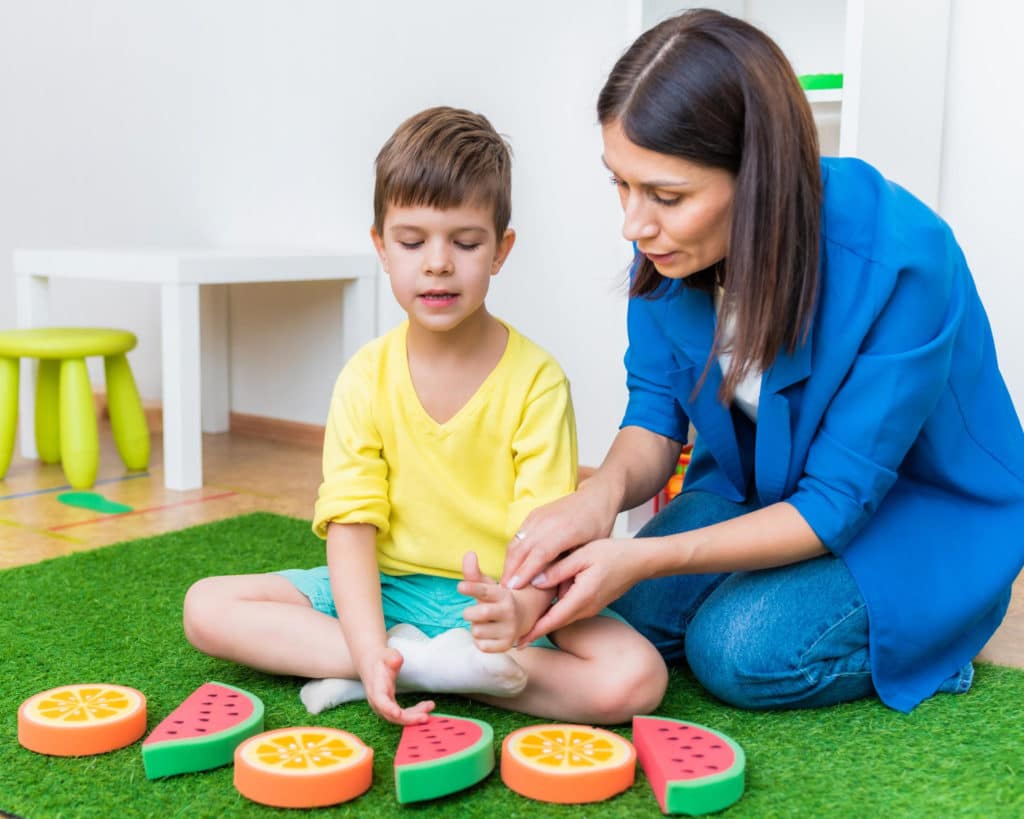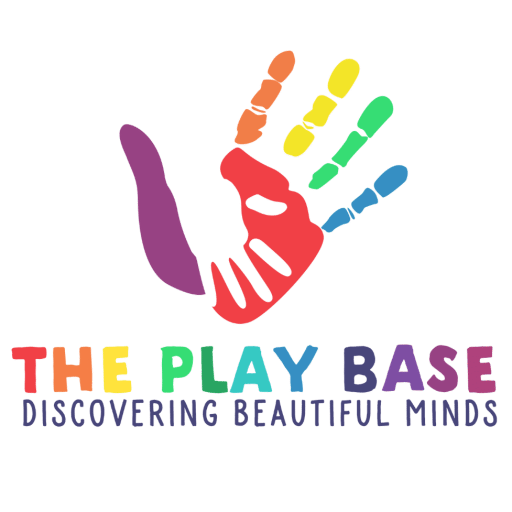If your child has been diagnosed with ASD (Autism Spectrum Disorder), you know some environments can trigger their unusual behavior. In such circumstances, teaching your child to cope with the situation and equip their new skills can be a challenging yet essential task. Even though learning new skills in a therapist’s office is possible, learning skills using familiar things found in one’s daily environment is better.
ABA (Applied Behaviour Analysis) is an evidence-based therapy for teaching appropriate responses to enable your kid to progress academically and socially. Natural Environment Therapy is one among the multitude of interventions in the therapy that focuses on promoting socially-significant behavior in autistic children.
Scroll down to know more about how this method in ABA therapy entrails and is applied in real-life situations.
What is Natural Environment Teaching?
Natural Environment Teaching (NET) involves using everyday items and daily routines to help your kid learn skills, unlike the limited items in the therapist’s office. For instance, instead of teaching kids about colors with flashcards, implementing NET would use items like cars, crays, and blocks to teach the skills. This community-based learning generalizes the environment and focuses on ‘learning through play’.
In the NET approach, the teaching methods are intended to resemble the natural initiation received in various contexts, with a specialized focus on additional benefits for children with ASD. It stimulates the children’s behavior in a naturally reinforcing way, enables appropriate interaction, and builds up more elaborate behaviors.
Why is Natural Environment Teaching important in ABA?
Children love attention, and with Natural environment teaching, you will be able to provide attention to them while having their unrelenting attention during the session. Also, children love to learn non-stop, and unlike other methods in ABA therapy, NET quotes that learning is not limited to the classroom setting. It allows the children with autism to take the lead in learning new things in the environment they are moving in every day.
The naturalistic approach can be used to teach a huge variety of skills, from simple communication to advanced social skills, including,
- Communication skills to voice out their needs
- Taking turns
- Imitating actions and behaviors
- Improves social, language, and cognitive skills
- Following given and accurate instructions.
- Develop gross and fine motor skills.
How does Natural Environment Teaching work?
NET teaches skills through activities that the child finds encouraging and exciting. These activities must be repetitive and short, like throwing a ball into a bin or basket. With such activities, the therapist can seamlessly incorporate the necessary skills the child needs to learn. For instance, a simple act of throwing the ball will allow the children to mimic the actions, improve motor skills and follow the instructions.
Furthermore, the therapist will use more elements and experiences in the session by introducing new reinforcement. It will increase the variety of interests in the child’s mind, thereby promoting the quality and quantity of their learning. Below are the three commonly used types of NET.
Pivotal Response Training (PRT) – PRT uses positively reinforced techniques to instill new skills by focusing on the child’s four pivotal areas, including motivation, responsiveness, self-management, and self-initiation.
Incidental teaching – Incidental teaching allows the generalization of the skills to increase communication skills by motivating them to speak.
Natural language paradigm (NLP) – It is for non-verbal children based on the deliberate arrangement of the situation to motivate language and communication.
How to incorporate Natural Environment Teaching?
The best way to incorporate NET teaching is through activities and play items that the child finds intriguing. Most lessons are taught through games, so the child on the spectrum will have fun and learn simultaneously. It gives you a method of instruction through a short demand to measure their ability to do the task and resource the correct answer.
In a nutshell, a strategist for NET is typically embedded within routines and activities that happen in your day-to-day life. Here are some ways to use NET.
Motivating intrinsic materials – Give the child intriguing tasks with the reformed intricately embedded materials in the tasks. For instance, if your child pronounces the word milk, he/she will get a sip of the drink.
Teaching in a natural atmosphere – NET involves teaching the child everywhere, whether at the grocery store or the playout. The setting of the environment and the skills of the children are directly associated with each other. This will ultimately allow them to learn to reach appropriately in different situations.
Make use of the child’s fascination – When the child is excited about a thing, place, or person, you can utilize it for the teachable to instill them with new skills.
Build a diverse and large play repertoire – Besides their interests, encourage the children to do many different things. In this way, they will have the opportunity to explore various aspects with a simple instruction style.
What are the benefits of Natural Environment Teaching?
Simple to implement
Natural techniques are not only limited to a therapist. It is easy enough to use by anyone, including peers, parents, siblings, and teachers of autistic children. The approach is less structured and intensive compared to other ABA therapy methods. Therefore it can be easily implemented to refine the child’s skills in unique settings.
Focuses on values and functional play
As the child participates in the natural environment learning method, they are more likely to enjoy their session. Apart from the less rigidity, it will build rapport between the child and therapist by creating an engaging and fun learning environment for them.
Direct application of skills
The setting of a natural environment learning approach allows the children to learn new skills that they will be using at the moment. The session can be held anywhere from school to home, even in community houses., where the interest and motivation of children are used to generalize their skills.
Built-in motivation
As the Natural environment teaching has less intensive work than other ABA approaches, it provides numerous opportunities for the child to engage in the thing they love to learn and explore. It makes the acquisition of skills a fun activity, which is important for autistic young minds, which are rather challenging to motivate in a normal teaching setting.
Minimize aggressive behavior
Implementing NET in your child’s teaching aspect will reduce the frequent episodes of aggressive behavior caused by frustration in certain situations. Keeping them engaged with their favorite activities during the sessions will enhance their positive mindset toward consistent learning and encourage them to retain new skills.
Interactive and instructional control over the session
NET is an excellent way to build better instructional control and the relationship between the child and the therapist. It involves either providing access to the preferred toys of children or allowing them to play their favorite games in the presence of a therapist. This way, the children will enjoy their session and want to spend more time with the therapist.
Final Words
Natural Environment Teaching in ABA therapy is widely used for young ones on the spectrum. The approach helps those kids learn new skills and allows parents to learn how to support their children while developing their social skills. Using a multifaceted approach that incorporates effective natural environment teaching methodology based on your child’s individual needs and challenges is apt.
The sessions are taught by well-qualified and experienced therapists who help the young mind to master new skills that induce positive behavior changes. We also offer full-service multidisciplinary services for children with physical, emotional, and developmental conditions, aiding them to achieve milestones in their life.









